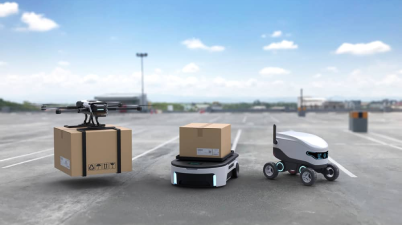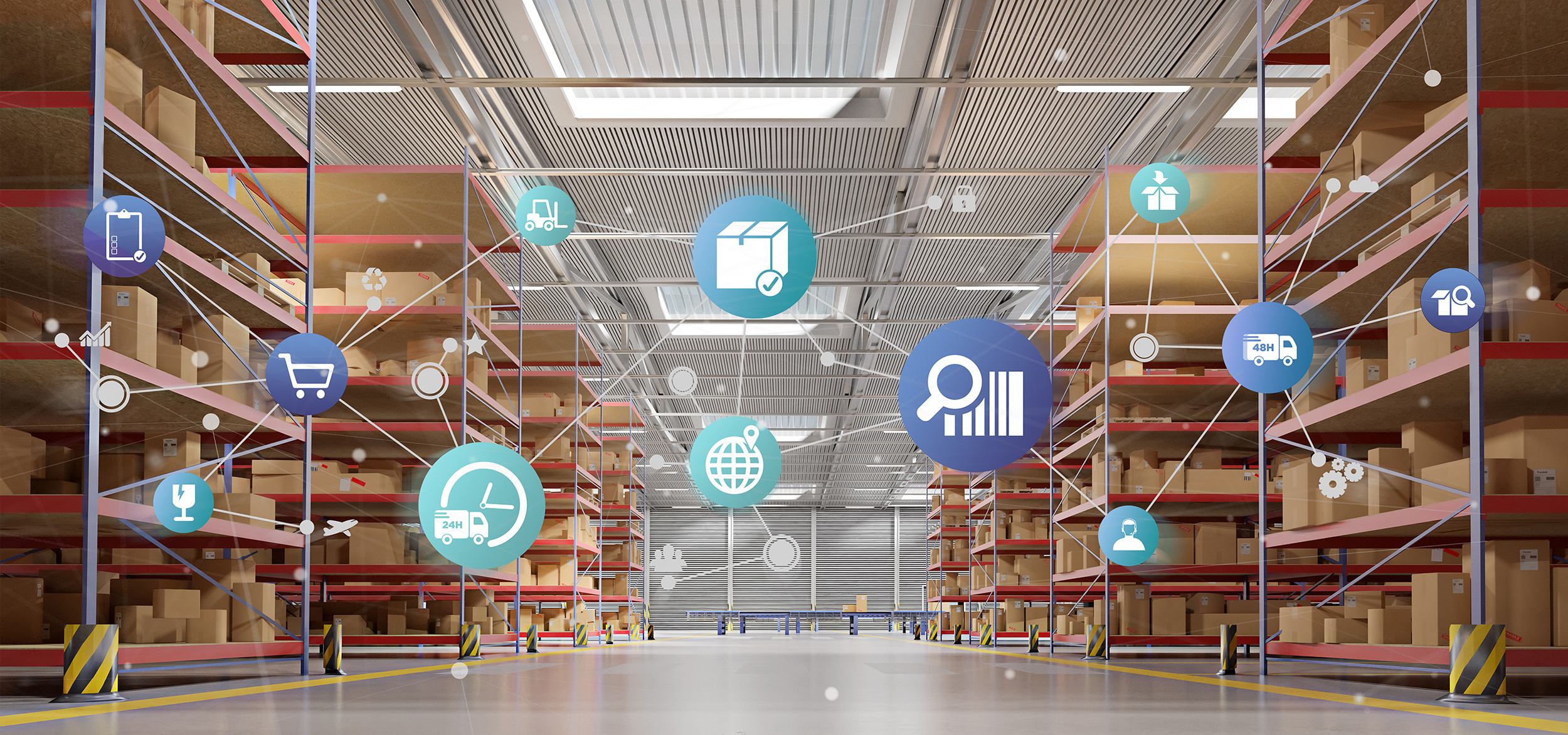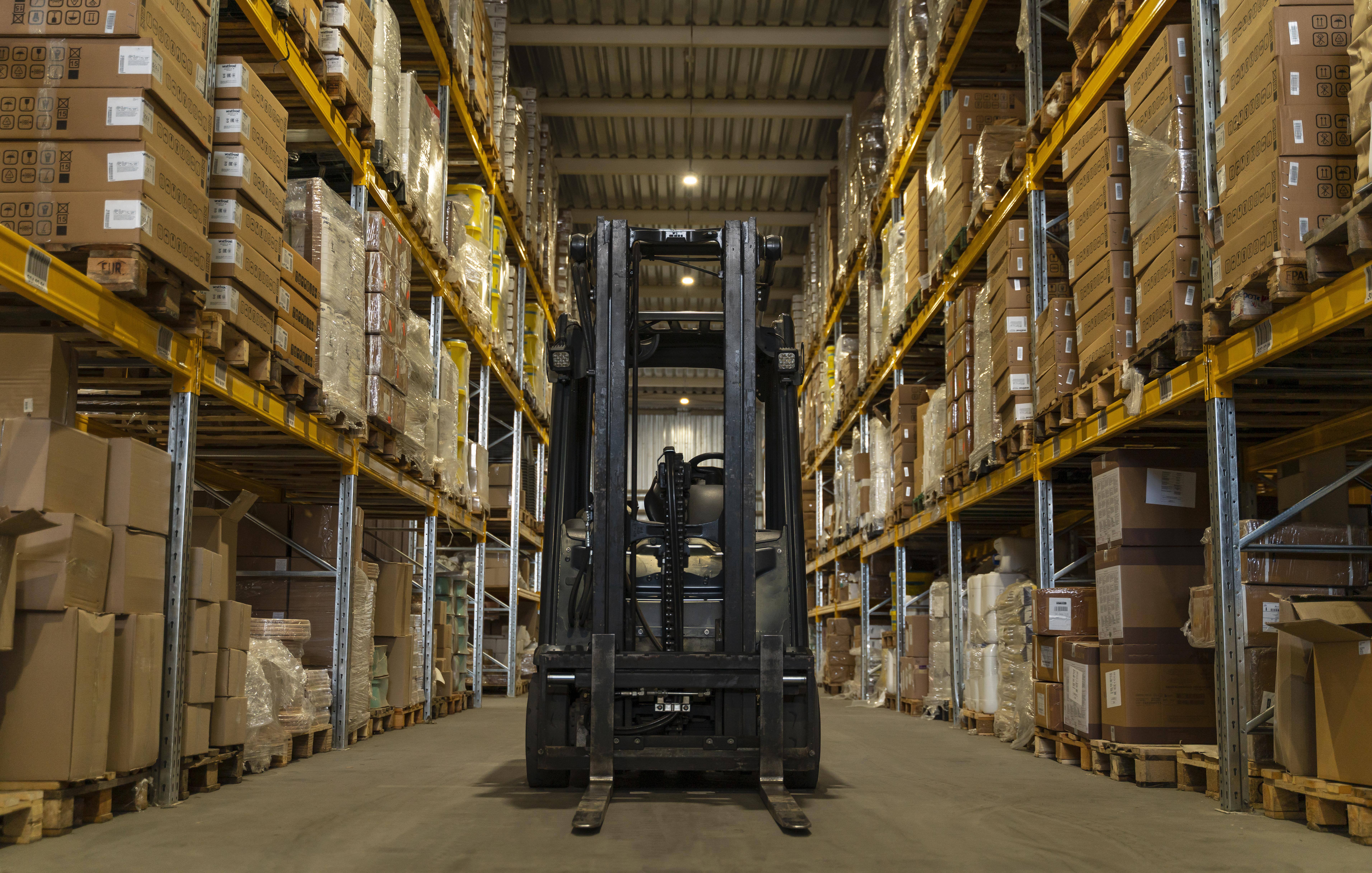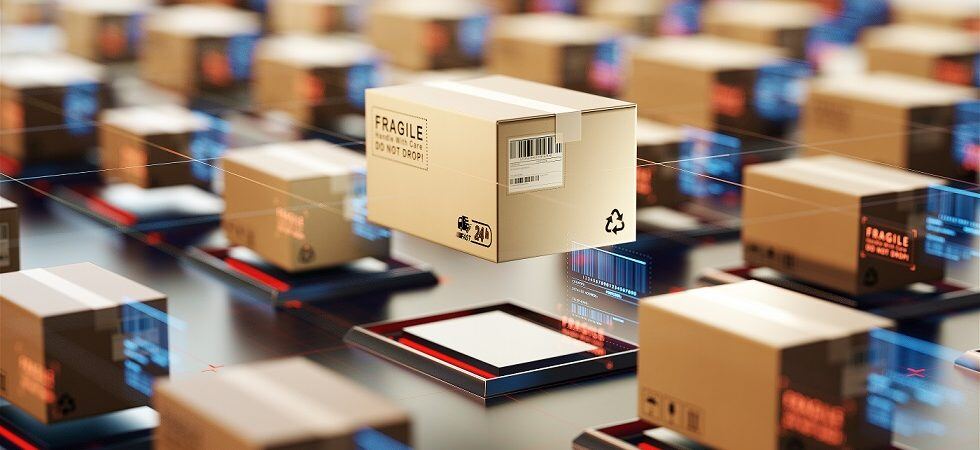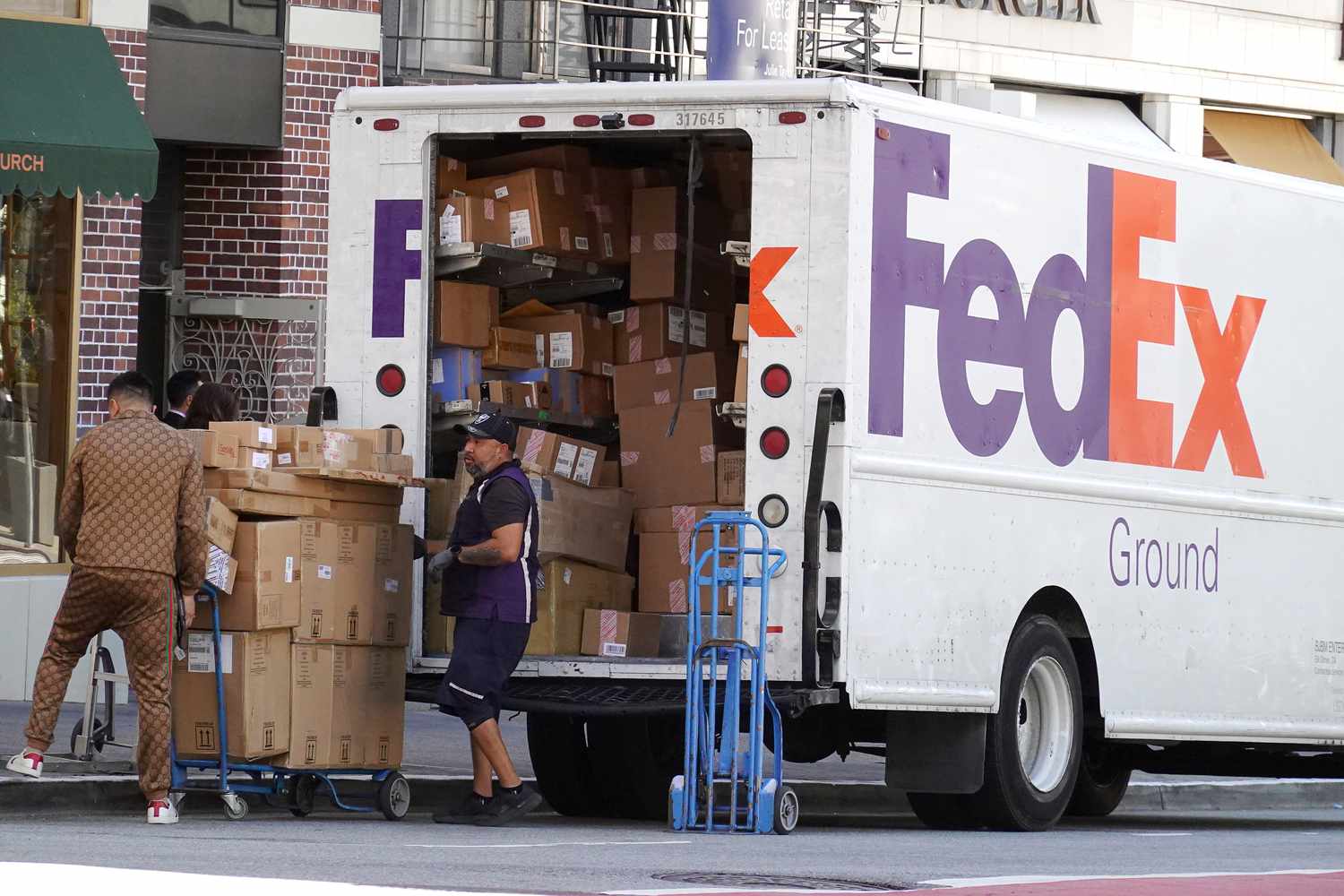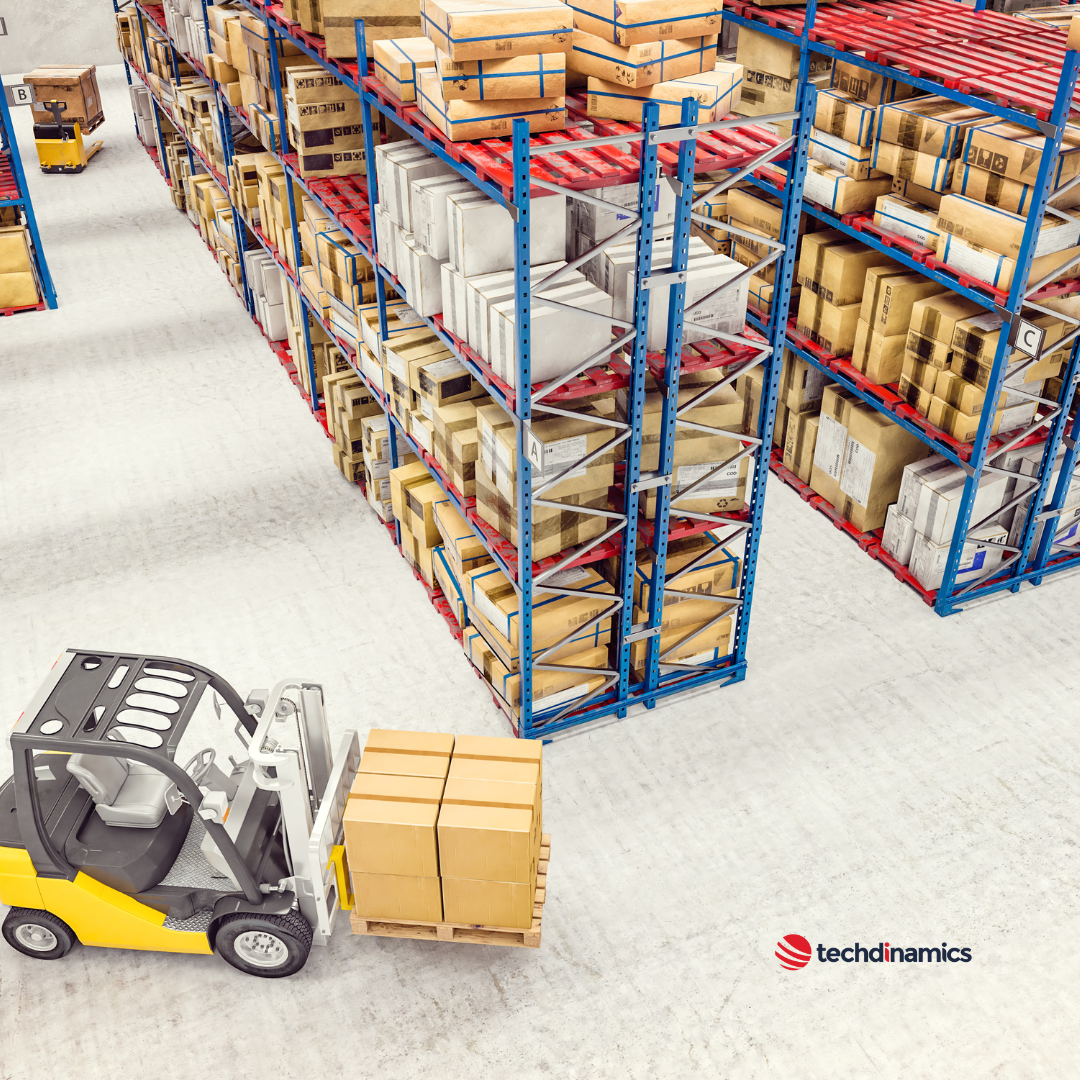
In an increasingly interconnected global marketplace, cross-border shipping is evolving rapidly. Technological advancements, shifting trade policies, and changing consumer expectations are reshaping the way goods move across international borders. To thrive in this dynamic environment, businesses must stay informed and agile, adopting strategies that address the complexities of modern cross-border shipping. Here’s a detailed look at how cross-border shipping is changing and how businesses can adapt to these changes effectively.
The Changing Dynamics of Cross-Border Shipping
1. Technological Advancements
- Blockchain Technology: Blockchain is enhancing transparency and security in supply chains. It enables real-time tracking of goods, reducing the risk of fraud and errors.
- Artificial Intelligence (AI): AI is optimizing logistics by predicting demand, managing inventory, and identifying the most efficient shipping routes.
- Automation and Robotics: Automation in warehouses and fulfillment centers is speeding up processing times and reducing human error.
2. Regulatory Changes and Trade Policies
- Trade Agreements and Tariffs: Changes in trade agreements, such as the USMCA (United States-Mexico-Canada Agreement) and Brexit, have significant impacts on tariffs and trade flows.
- Customs Regulations: Stricter customs regulations and compliance requirements are being implemented to enhance security and protect against illegal activities.
3. Sustainability and Environmental Concerns
- Eco-Friendly Packaging: There is a growing demand for sustainable packaging solutions to reduce environmental impact.
- Carbon Footprint Reduction: Companies are adopting greener practices, such as optimizing routes to minimize fuel consumption and investing in electric or hybrid delivery vehicles.
4. E-commerce Growth
- Direct-to-Consumer Shipping: The rise of e-commerce has led to an increase in direct-to-consumer shipping, bypassing traditional retail channels.
- Increased Demand for Speed: Consumers expect faster delivery times, prompting businesses to enhance their logistics capabilities.
Adapting to the New Cross-Border Shipping Landscape
1. Leveraging Technology
- Implement Advanced Tracking Systems: Use GPS and RFID technology to monitor shipments in real-time, providing customers with accurate delivery timelines and enhancing supply chain transparency.
- Adopt AI and Machine Learning: Utilize AI for demand forecasting, route optimization, and automating customer service through chatbots and virtual assistants.
2. Navigating Regulatory Changes
- Stay Informed: Regularly monitor changes in trade policies and customs regulations in the markets you operate in. Subscribe to trade bulletins and consult with legal experts in international trade.
- Invest in Compliance: Develop a robust compliance program that includes training for staff, regular audits, and a clear understanding of international shipping documentation.
3. Embracing Sustainability
- Eco-Friendly Packaging Solutions: Source and use biodegradable or recyclable packaging materials. Educate your customers about your sustainable practices to enhance brand loyalty.
- Optimize Logistics for Efficiency: Use route optimization software to reduce travel distances and fuel consumption. Consider partnering with logistics providers that have a strong sustainability focus.
4. Enhancing Customer Experience
- Offer Multiple Shipping Options: Provide a range of shipping options, from standard to expedited, to meet diverse customer needs and preferences.
- Transparent Communication: Keep customers informed about their shipment status through regular updates via email or SMS. Implement easy-to-use tracking tools on your website.
5. Building Strategic Partnerships
- Collaborate with Reliable Logistics Partners: Choose logistics partners with a strong international presence and expertise in cross-border shipping. Ensure they have a good track record in handling customs and regulatory compliance.
- Utilize Fulfillment Centers: Consider using fulfillment centers in key regions to shorten delivery times and reduce shipping costs. This can be particularly beneficial for businesses with high order volumes in specific markets.
6. Investing in Infrastructure
- Expand Warehousing Capabilities: Invest in strategically located warehouses to facilitate quicker order processing and distribution.
- Upgrade Technology Infrastructure: Ensure your IT infrastructure can handle increased data loads and integrate seamlessly with logistics and inventory management systems.
Conclusion
The landscape of cross-border shipping is undergoing significant transformation, driven by technology, regulatory shifts, sustainability demands, and evolving consumer expectations. Businesses that proactively adapt to these changes can capitalize on new opportunities and gain a competitive edge. By leveraging technology, staying compliant with regulations, embracing sustainability, enhancing customer experiences, building strategic partnerships, and investing in robust infrastructure, companies can navigate the complexities of modern cross-border shipping and thrive in the global marketplace.
As the world continues to become more interconnected, staying agile and responsive to these changes will be crucial for long-term success. Embrace the new norms of cross-border shipping, and turn challenges into opportunities for growth and innovation.
Curious to learn more about shipping cross-borders and how it can impact your business? Contact us today!








